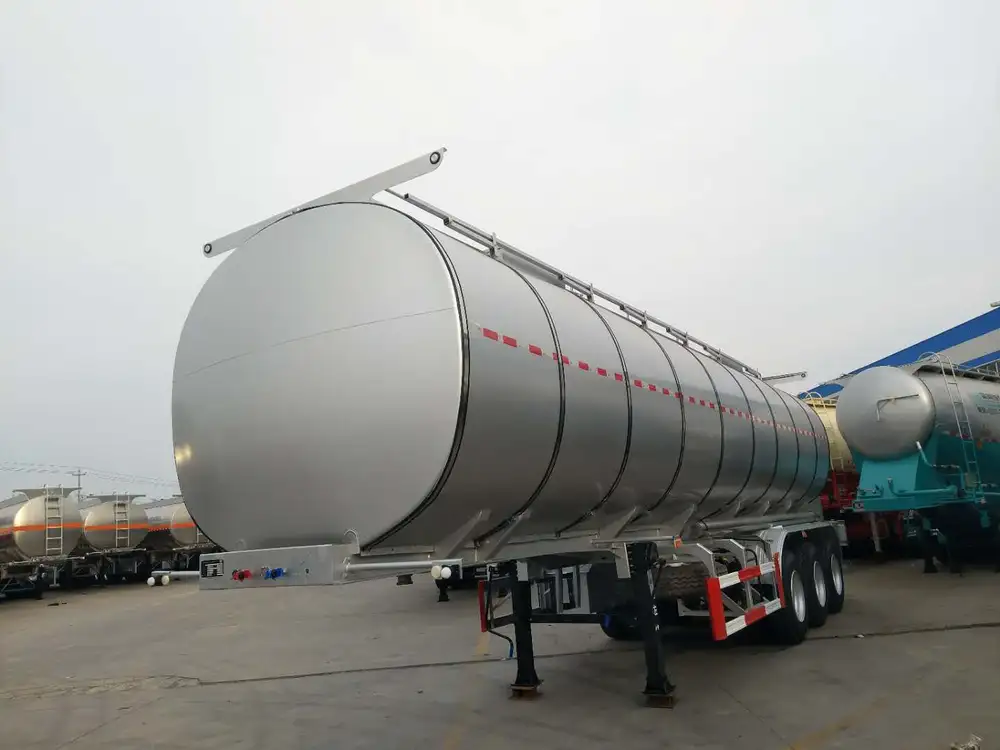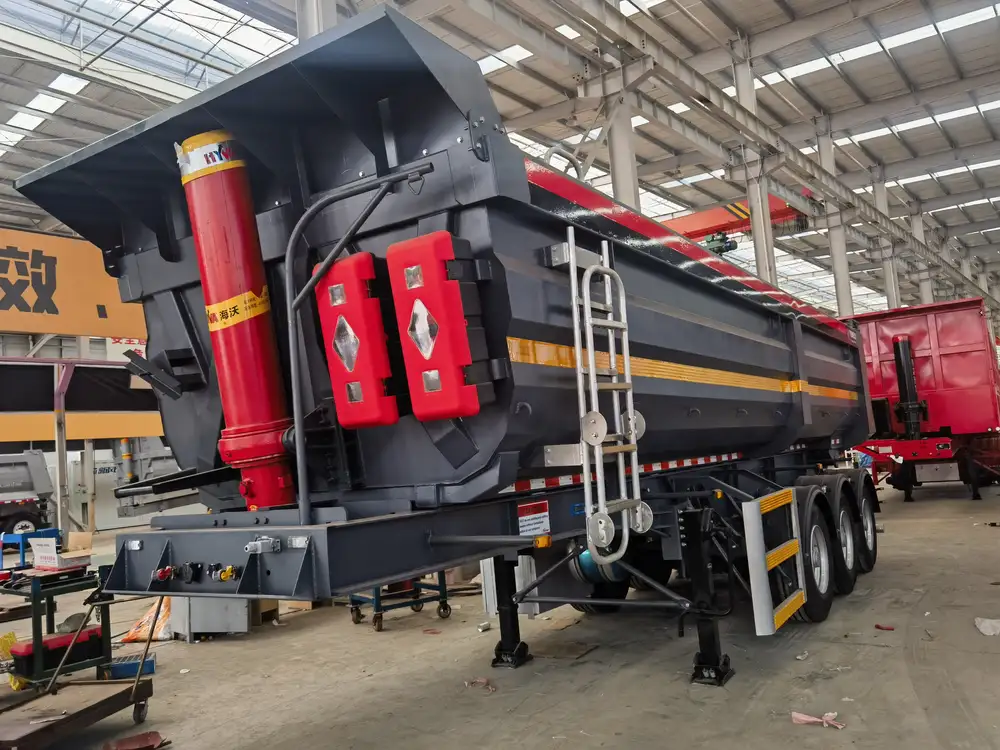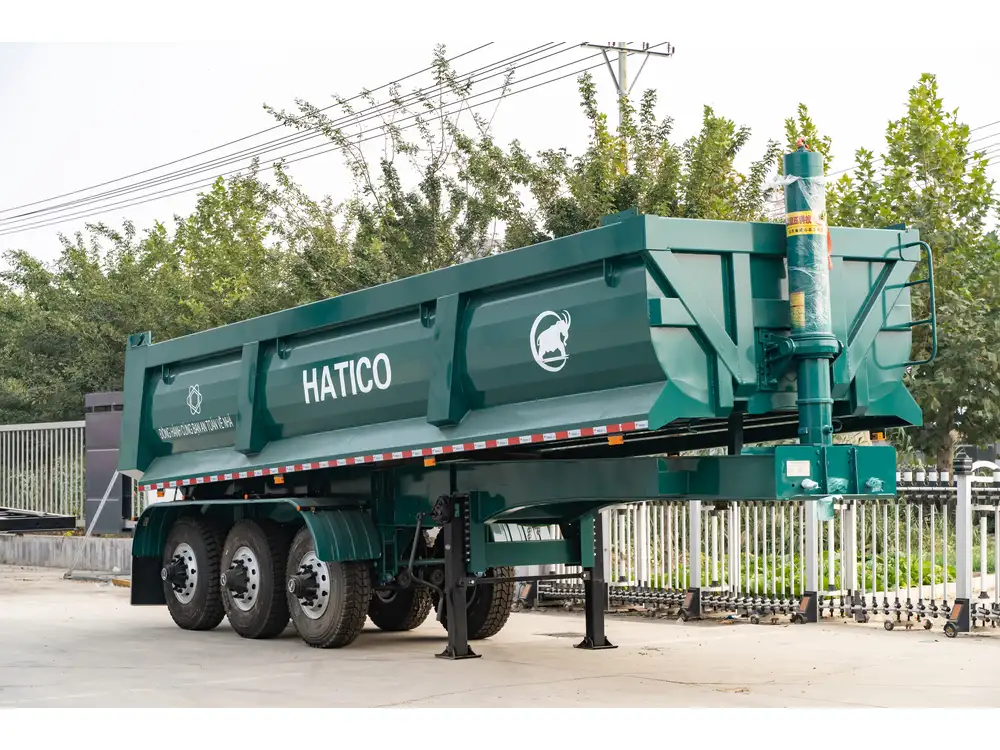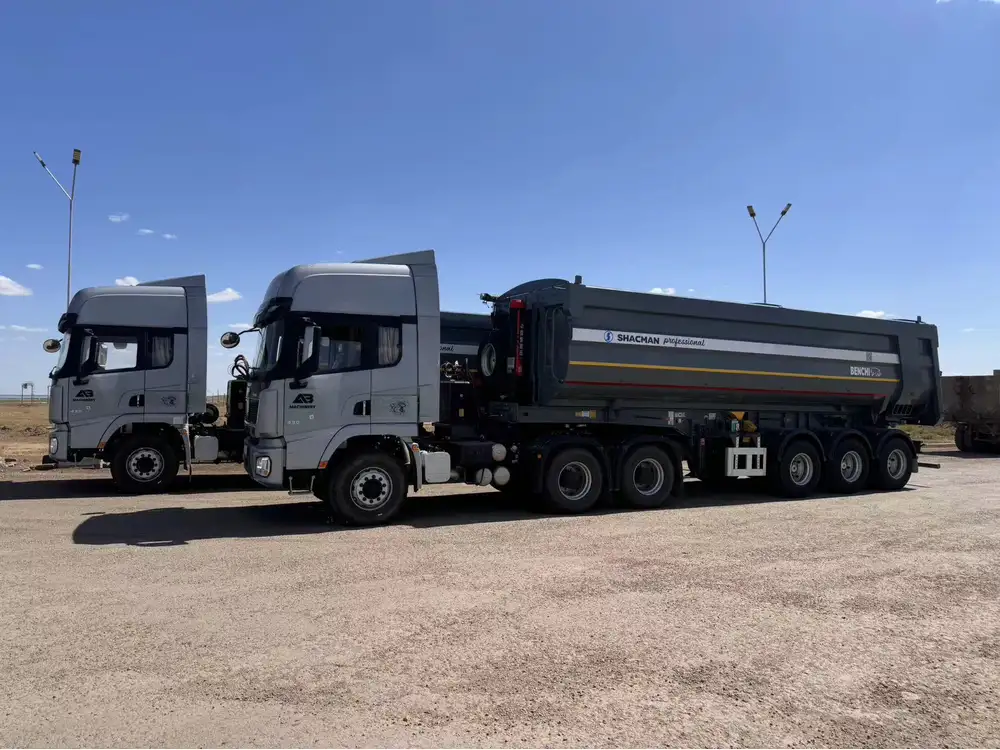When navigating the realm of transportation logistics, especially when dealing with heavy cargo, knowing the specifications of semi-trailers is paramount. A pertinent query that often arises in the minds of logistical managers, transport operators, and fleet owners pertains to the length of semi-trailers in metres. In this comprehensive guide, we delve into various aspects of semi-trailer dimensions, regulations, and their implications on transport efficiency.
The Definition of Semi-Trailers
A semi-trailer is a type of trailer that, unlike traditional trailers, relies on a tractor unit for support. Unlike a full trailer that possesses its own axle and wheels, a semi-trailer is designed with a section known as the gooseneck, which attaches to the truck’s towing vehicle. This unique design simplifies loading and unloading and facilitates stability while in transit.
Standard Lengths of Semi-Trailers
The global market showcases a myriad of semi-trailer lengths, often dictated by local regulations and the intended use. Below, we outline the most commonly used semi-trailer lengths (provided in both imperial and metric measurements for clarity):
| Type of Semi-Trailer | Length (Feet) | Length (Metres) |
|---|---|---|
| Standard Dry Van | 48 – 53 | 14.63 – 16.15 |
| Flatbed | 48 – 53 | 14.63 – 16.15 |
| Reefer (Refrigerated) | 48 – 53 | 14.63 – 16.15 |
| Tanker | 40 – 53 | 12.19 – 16.15 |
| Step Deck/Lowboy | 48 – 53 | 14.63 – 16.15 |
The prevalent choice for standard semi-trailers in North America tends to hover around 53 feet, equating to approximately 16.15 metres. However, as regional regulations differ, it’s imperative for operators to be cognizant of local restrictions, particularly when venturing into new territories.

Regulations Governing Semi-Trailer Lengths
The regulations surrounding the dimensions of semi-trailers can significantly impact transportation logistics. Here’s an overview of various regional guidelines:
North America
In the United States, the Federal Highway Administration (FHWA) dictates that the maximum length of tandem axle semi-trailers shall not exceed 53 feet (approximately 16.15 metres). However, individual states may have their own restrictions, with some allowing longer or shorter trailers based on specific needs or road conditions.
European Union
In the European Union, semi-trailers usually adhere to a maximum length of 16.5 metres (54.68 feet). These regulations were established to ensure road safety and efficiency while accommodating diverse transportation needs across member states.

Australia
Australia maintains one of the most extensive sets of transport regulations globally. Standard semi-trailer lengths are set to a maximum of 20 metres (approximately 65.62 feet) for combinations, including a prime mover and a semi-trailer, contingent upon the type of cargo.
Factors Influencing Length Regulations
- Type of Cargo: Certain goods require specialized trailers for safe transport, which may alter standard dimensions.
- Route Specifics: Road conditions, including weight restrictions on bridges, can necessitate modifications in trailer length.
- Safety Considerations: Longer trailers may be prone to stability issues; hence, regulations ensure that safety remains a top priority.
Why Length Matters
Understanding the length of a semi-trailer isn’t merely a trivial detail. It’s critical for several reasons:

1. Load Capacity and Distribution
Different lengths accommodate varying capacities for cargo. Longer semi-trailers can transport more goods, thus improving transport efficiency. However, it’s essential that loads adhere to weight distribution limits for safety:
- Maximal Load: Depending on length, a standard semi-trailer can support payloads often exceeding 45,000 pounds (around 20,411 kg).
- Weight Distribution: Even with maximum capacity, improper weight distribution across the trailer can lead to increased wear and potential accidents.
2. Turning Radius and Maneuverability
The turning radius of a semi-trailer is influenced by its length. Longer trailers may struggle in tight urban environments whereas shorter models may be more adept:
- Short Trailers: Ideal for urban delivery, they navigate small streets more effectively.
- Long Trailers: Suited for freeway transport, they cover more ground at faster speeds but need more space when turning.
3. Compliance and Legal Implications
Failing to comply with length regulations can lead to hefty fines and operational hindrances. Fleet managers must remain vigilant regarding local laws:
- Permitting: In some jurisdictions, permits are required for longer trailers.
- Legal Weight Limits: Exceeding prescribed length may inadvertently lead to exceeding weight limits, compounding legal issues.

Choosing the Right Semi-Trailer Length
The decision regarding which length to choose for your semi-trailer hinges upon several factors:
| Factors | Considerations |
|---|---|
| Cargo Type | What type of goods are being transported? |
| Route Requirements | Are the intended routes urban or rural? |
| Regulatory Environment | What are the local regulations governing trailer sizes? |
| Fuel Efficiency | Longer trailers may have different fuel consumption rates; how does this affect costs? |
Tips for Maximizing Trailer Efficiency
To optimize the use of semi-trailers and ensure compliance with local regulations while maximizing efficiency, consider the following:
Ensure Proper Maintenance
Regular inspection and maintenance of trailers ensure they perform at peak efficiency. Key areas of focus include:
- Braking Systems: Essential for safety and compliance.
- Tires: Regular checks can minimize road resistance and improve fuel efficiency.

Optimize Load Distribution
Distributing weight appropriately can enhance the longevity of your trailer while lowering the risk of accidents. Aim to:
- Keep heavier items toward the front of the trailer.
- Balance loads from side to side to maintain stability.
Keep Up with Regulations
Continuously monitor changes in transport regulations to ensure compliance:
- Subscribe to industry newsletters.
- Regularly consult local transport authorities.
Train Drivers Effectively
Educate drivers regarding trailer dimensions and implications for handling vehicles, covering topics such as:
- The effect of trailer length on turning and stopping.
- Best practices for loading and securing cargo.

Future Trends in Semi-Trailer Design
As the transport industry evolves, so too does the design landscape of semi-trailers. Key trends to watch include:
Advancements in Materials
Lightweight materials, such as composite constructions, promise to enhance fuel efficiency while maintaining strength. These evolving designs offer:
- Increased payload capabilities.
- Reduced overall weight, leading to lower fuel consumption.
Technological Integration
Incorporating technological solutions such as GPS for real-time tracking, automated braking systems, and advanced telematics can significantly benefit operations, providing:
- Greater visibility in logistics.
- Enhanced safety features that adapt based on driving conditions.

Increased Emphasis on Sustainability
With rising concerns regarding environmental impact, more manufacturers are exploring eco-friendly materials and designs that reduce fuel consumption and emissions.
Conclusion
In conclusion, understanding the length of semi-trailers in metres is a critical component of effective transportation logistics. By acknowledging the various standards, regulations, and implications tied to trailer dimensions, transport operators can enhance efficiency and compliance, ultimately driving successful business outcomes. As we continue to witness advancements in technology and materials, the future holds the potential for even more innovative solutions in the realm of semi-trailers, paving the way for enhanced operational efficiencies and safer transport environments.



